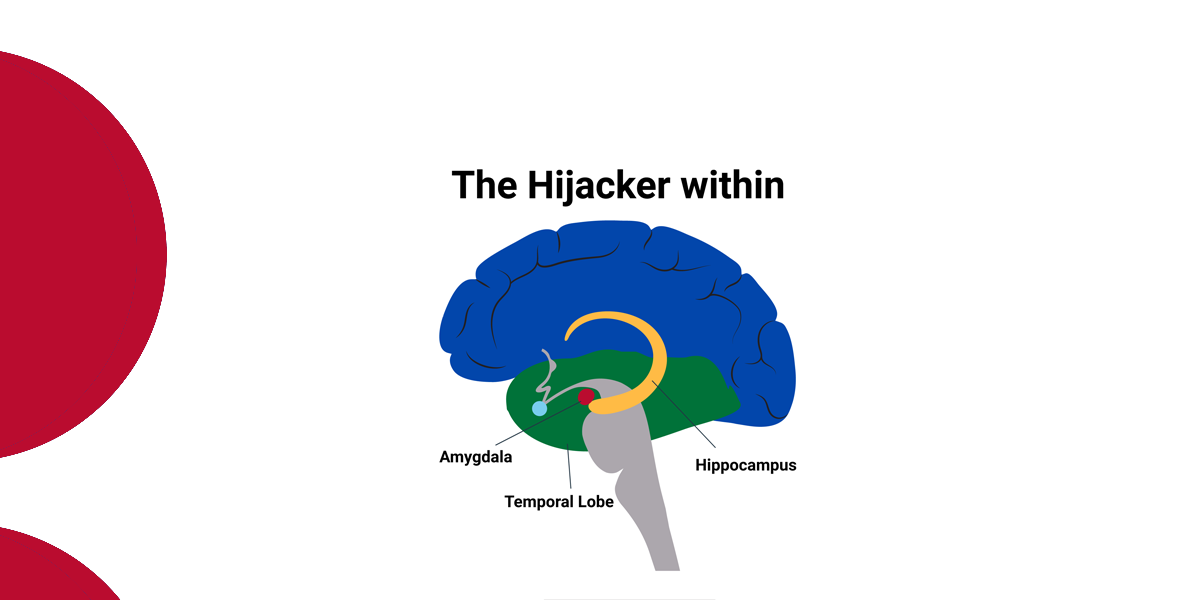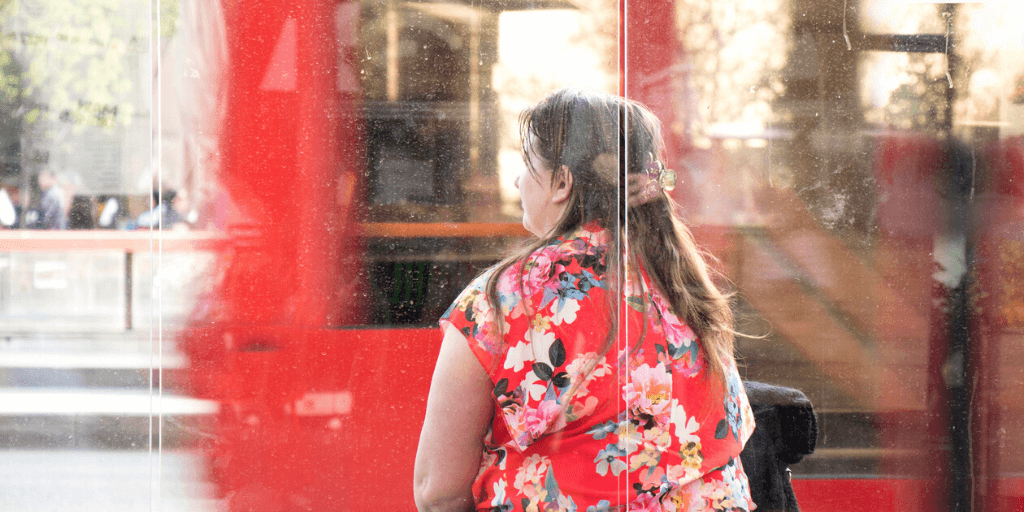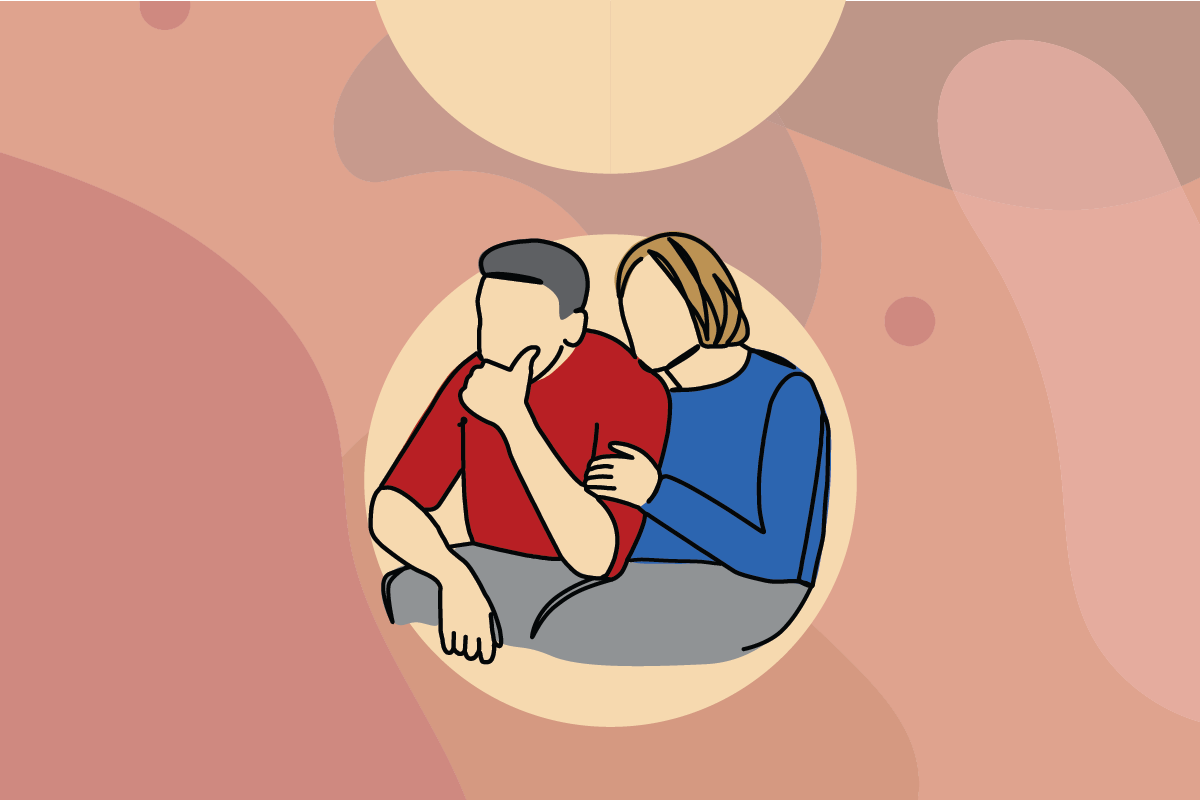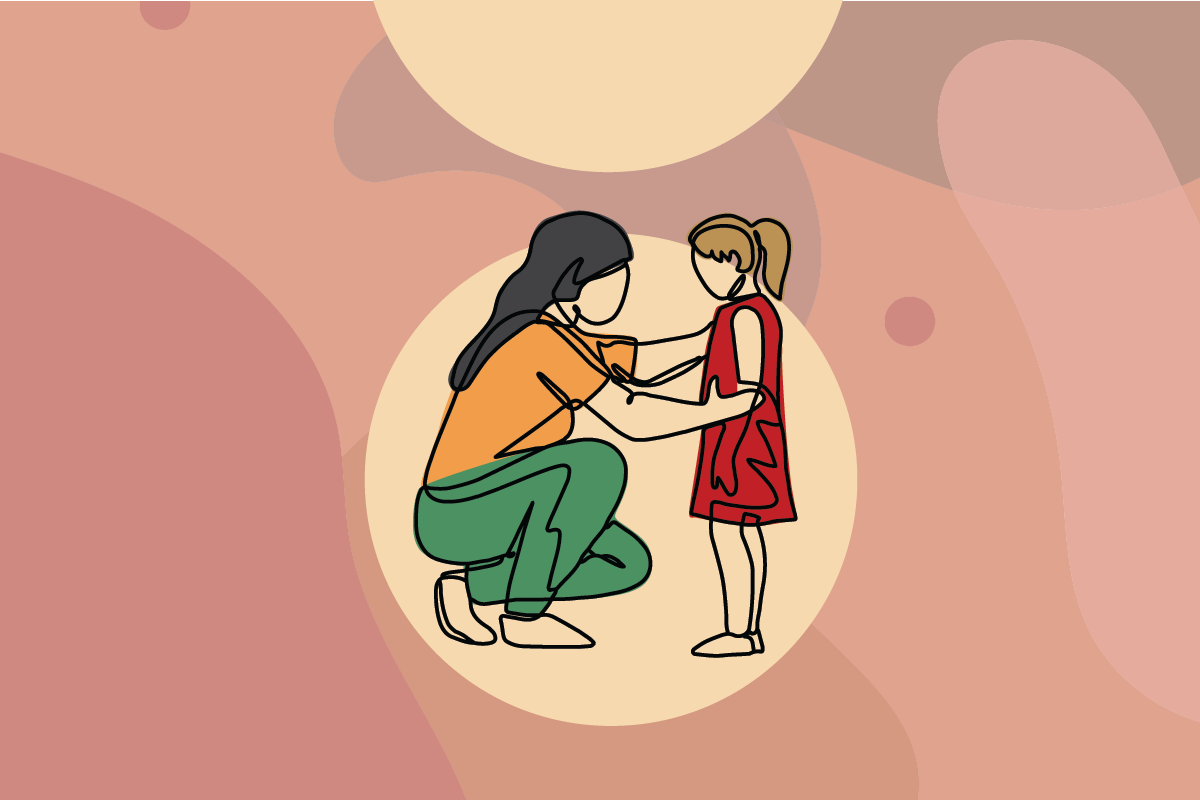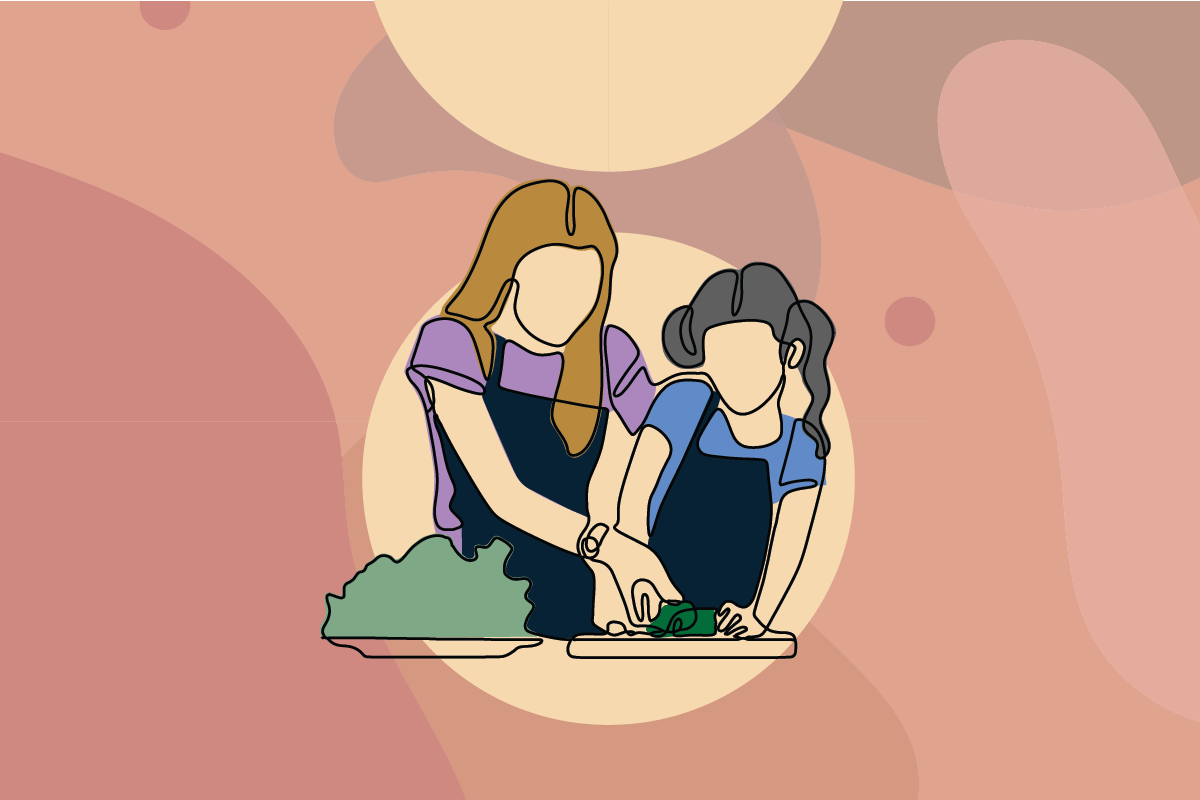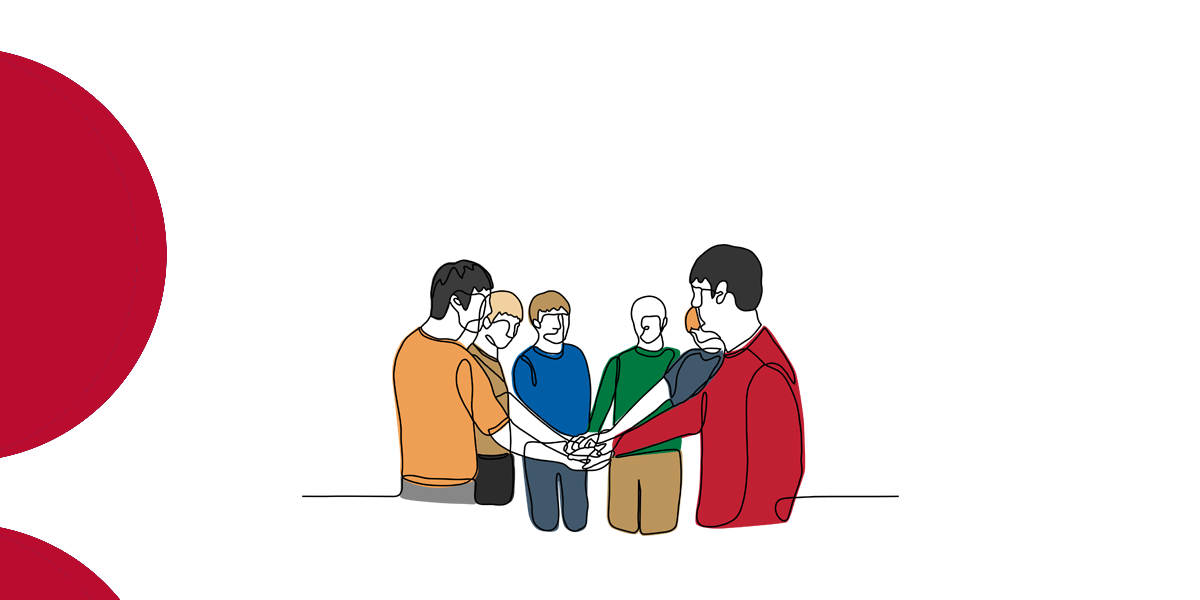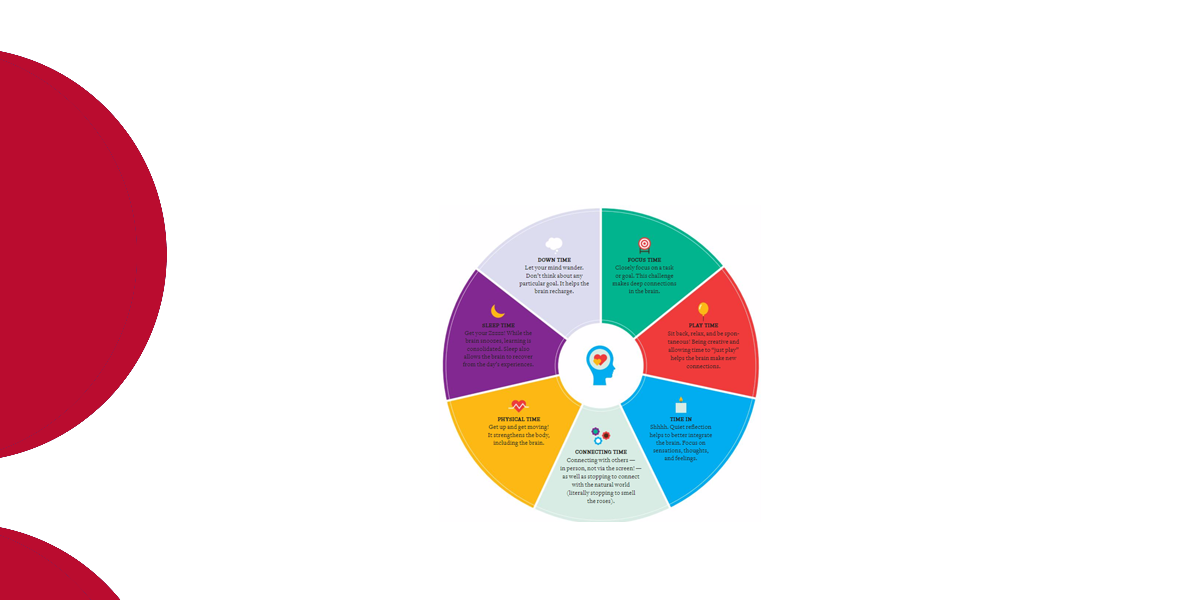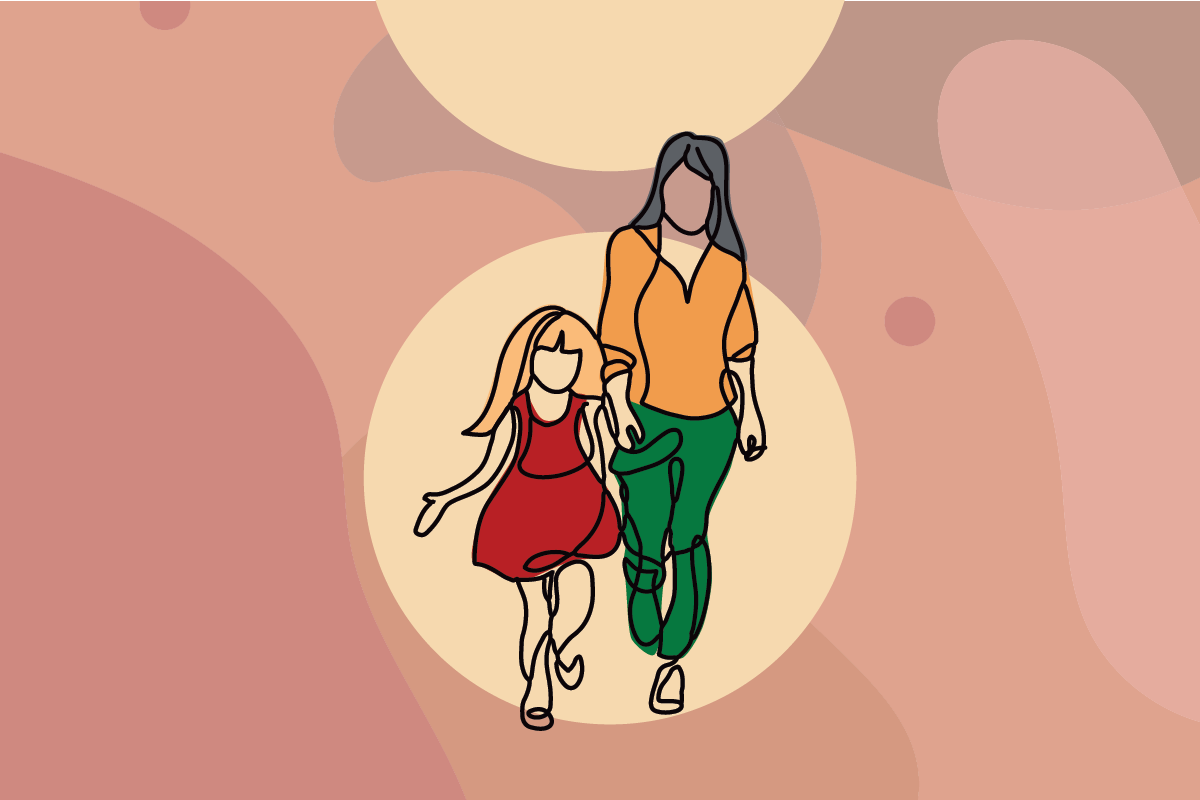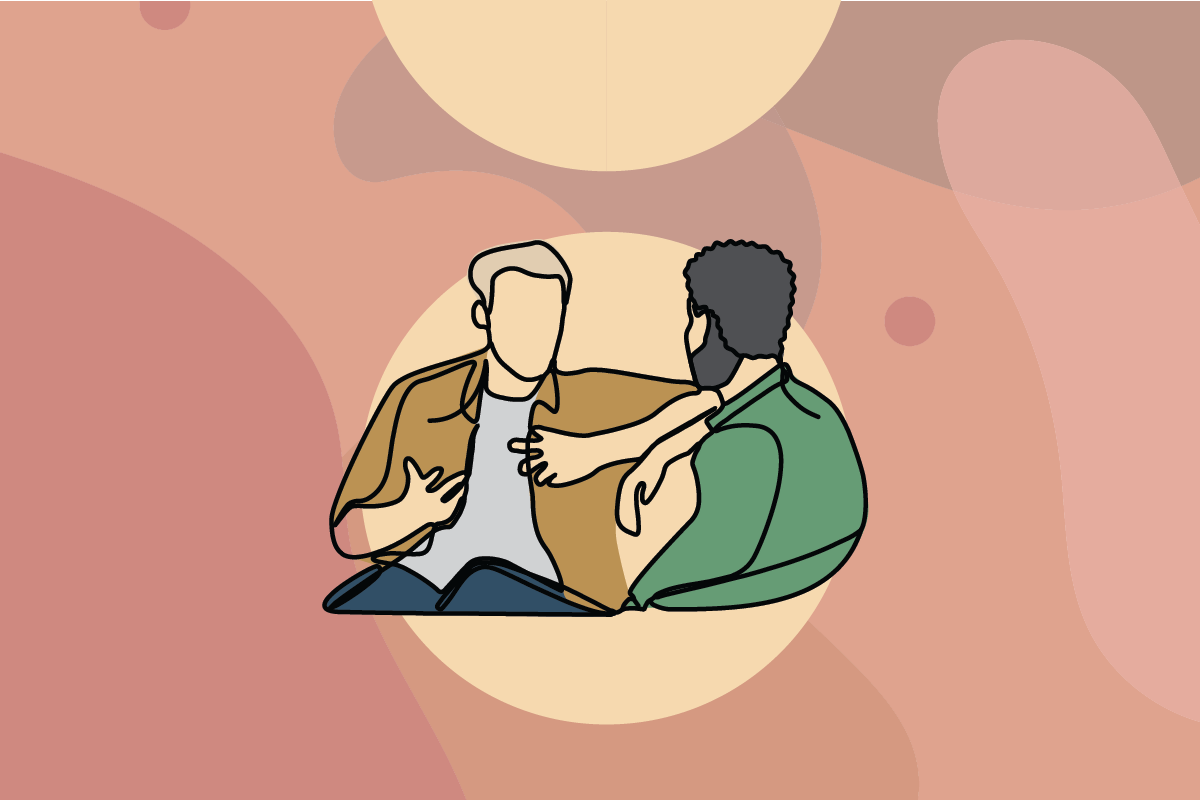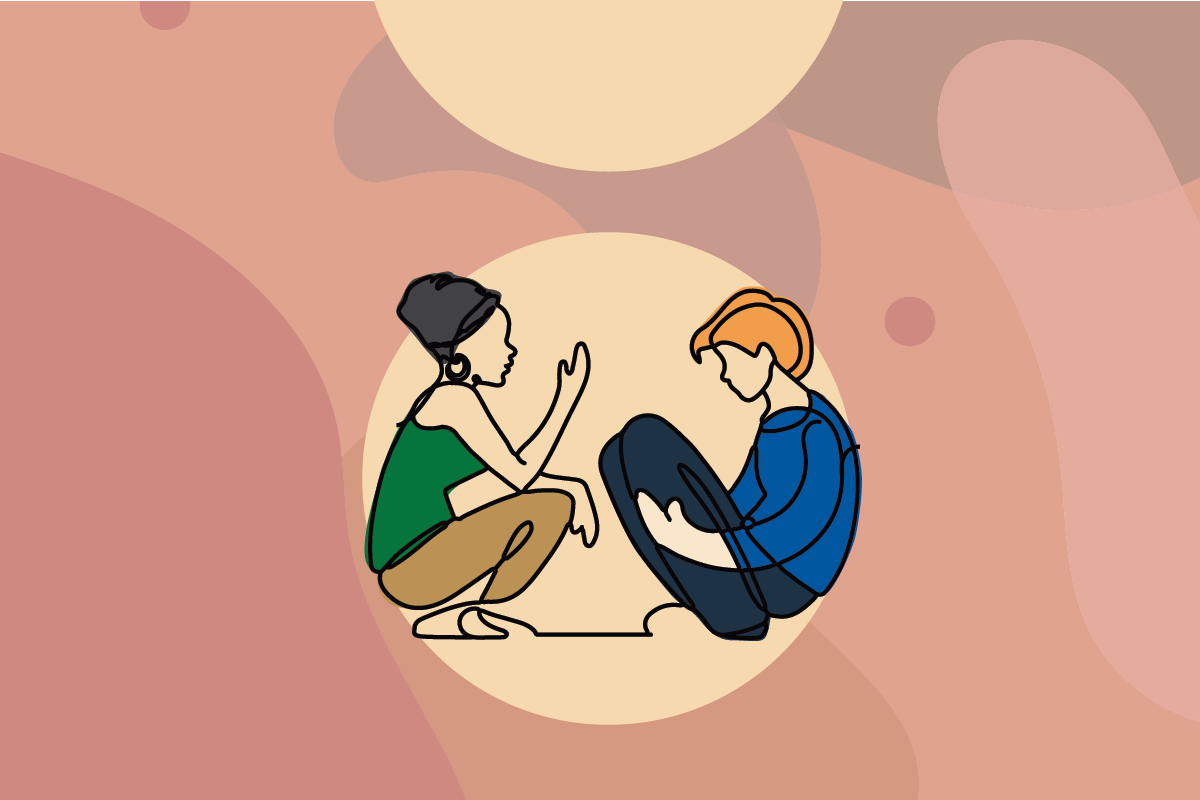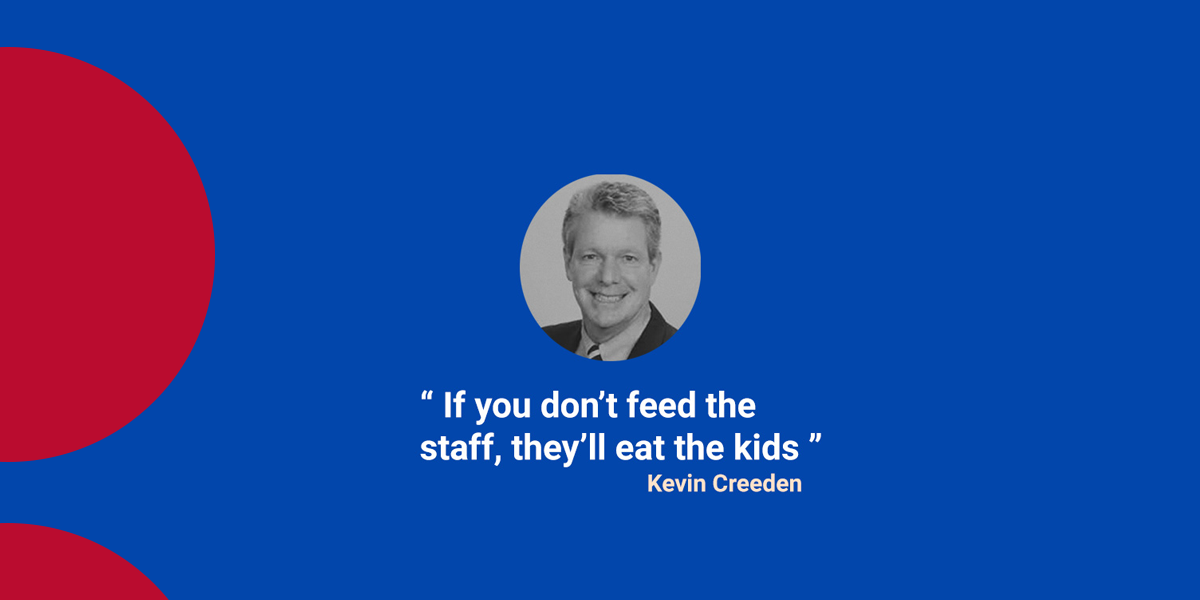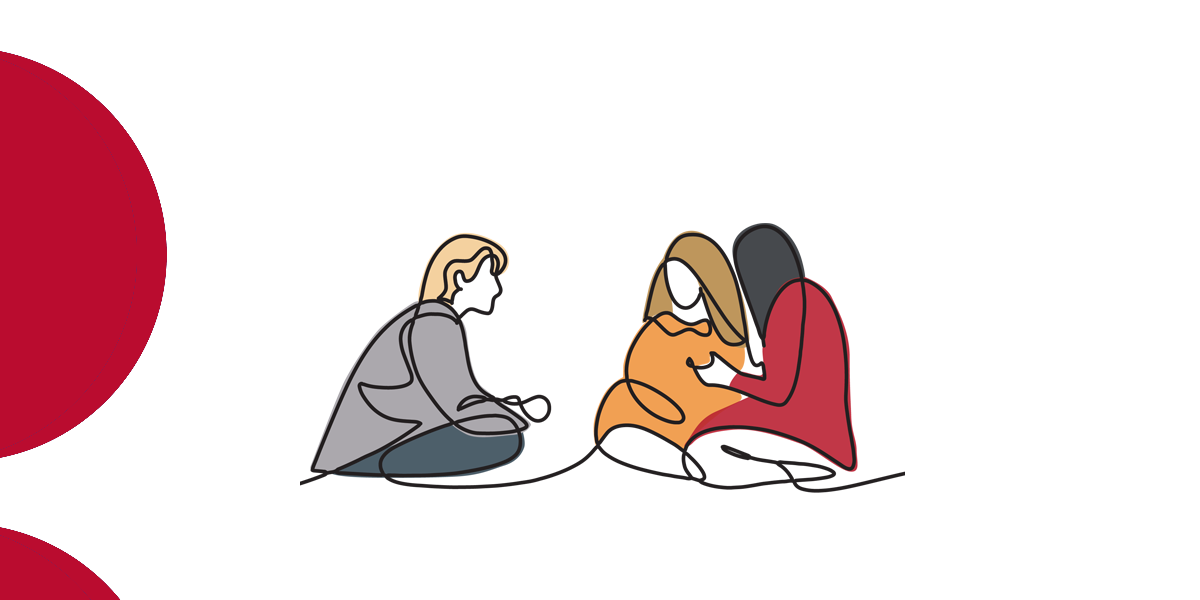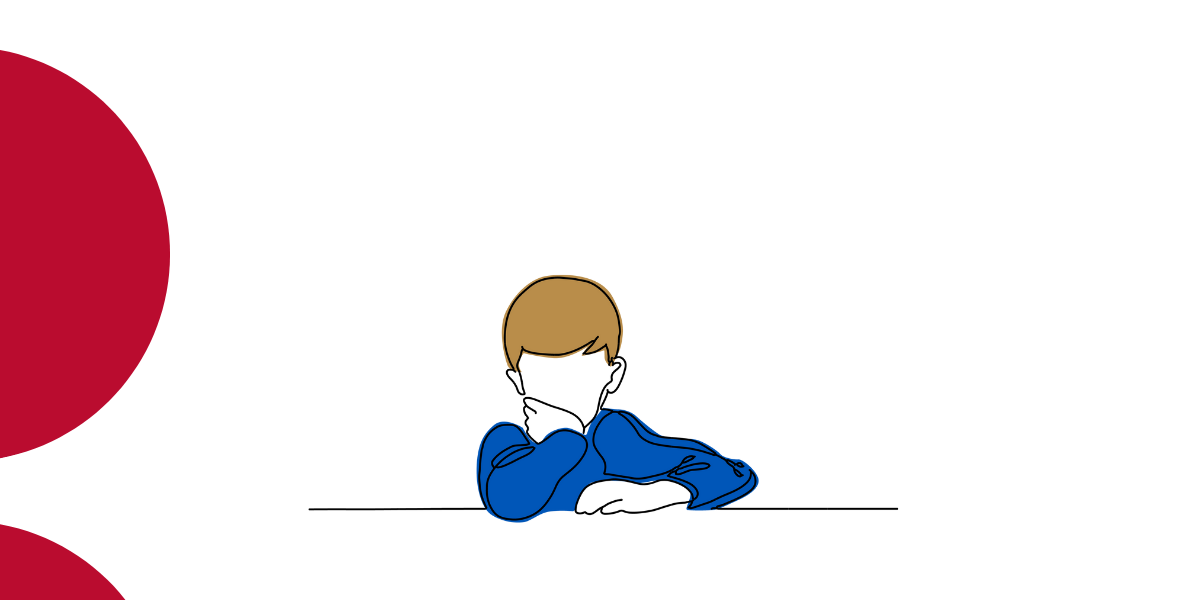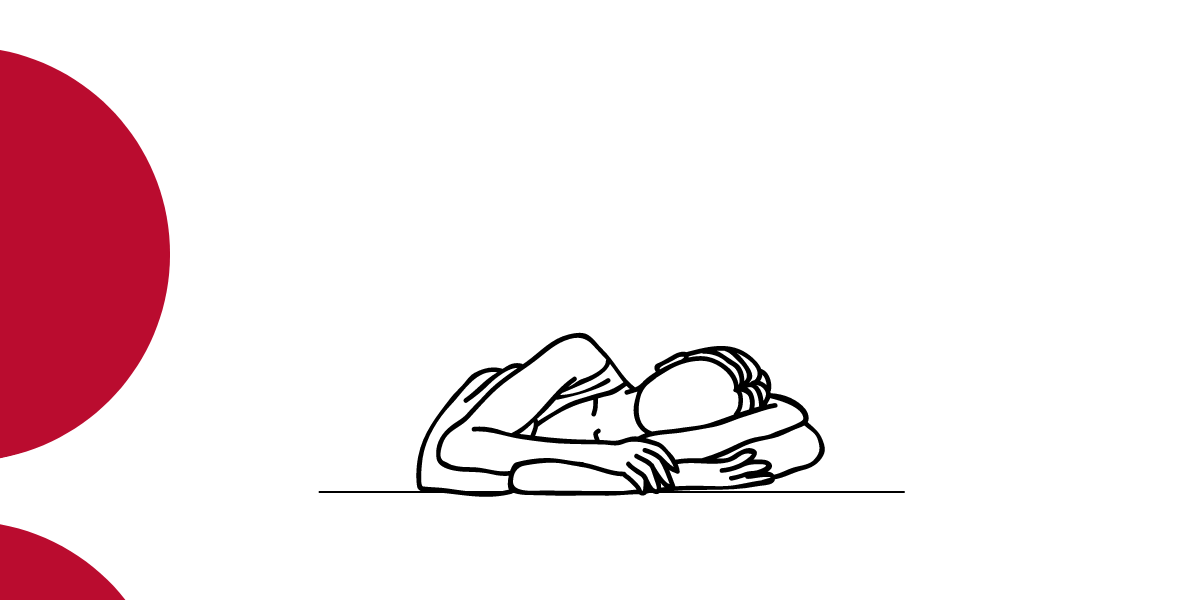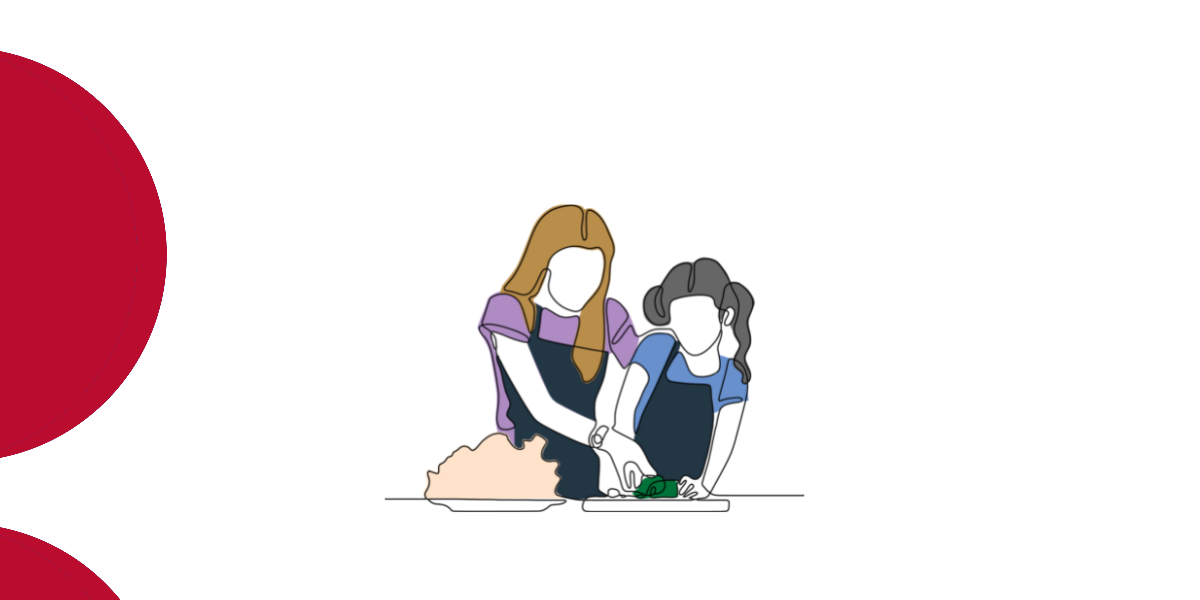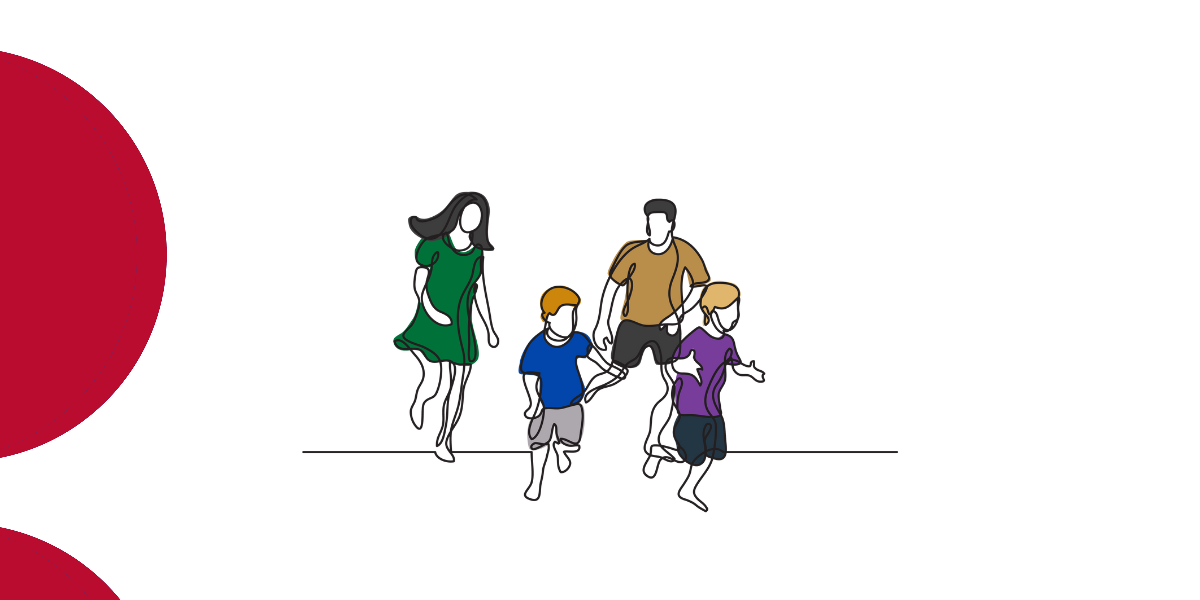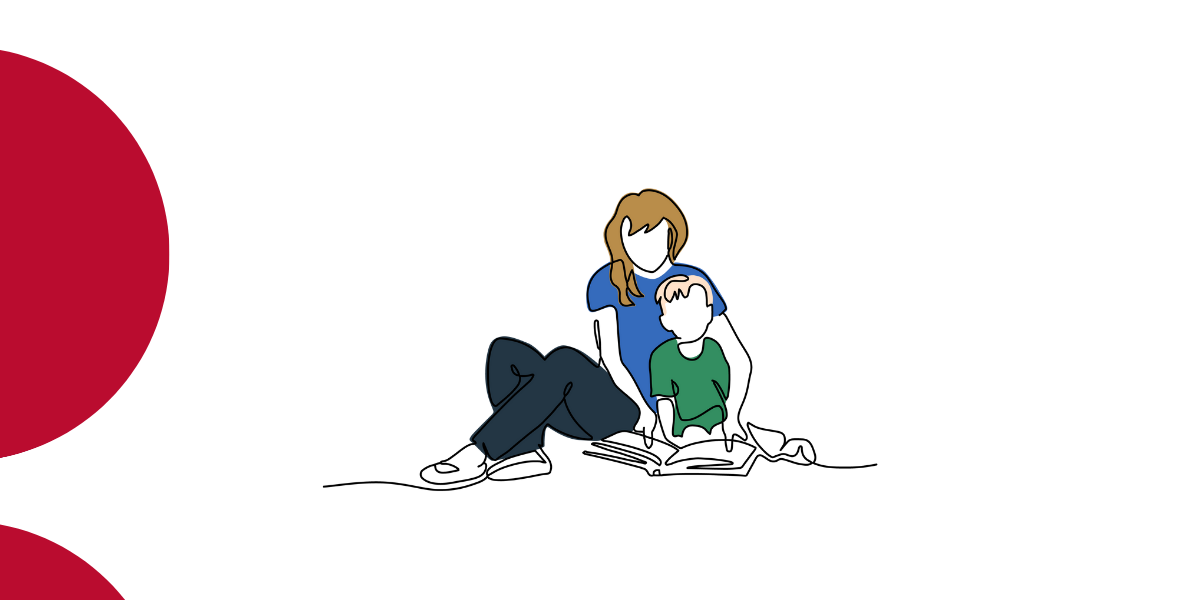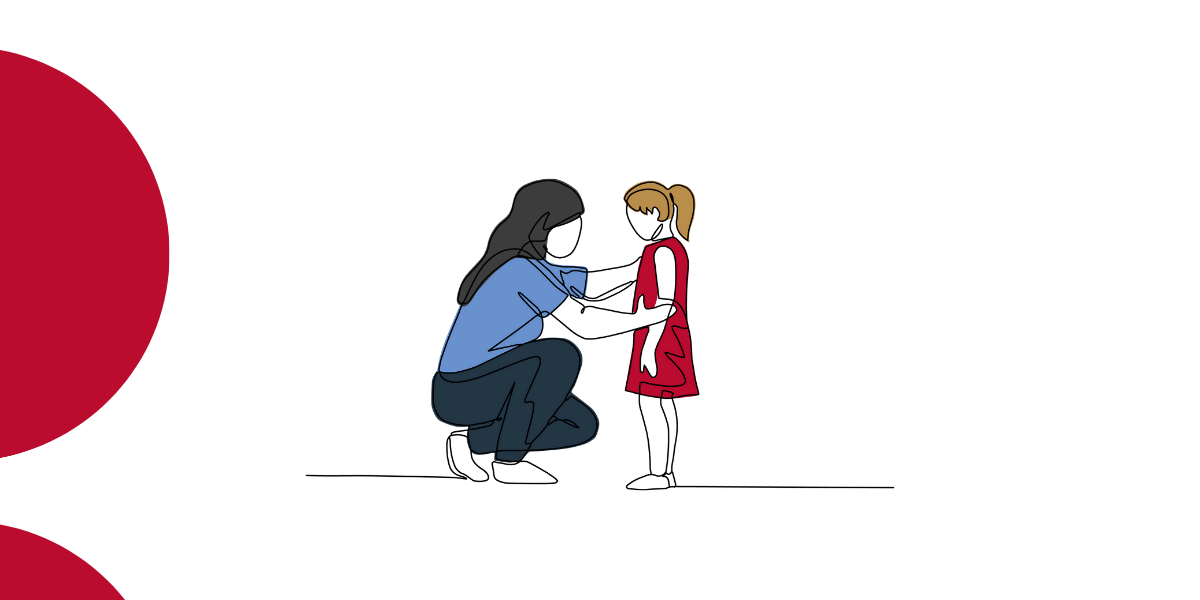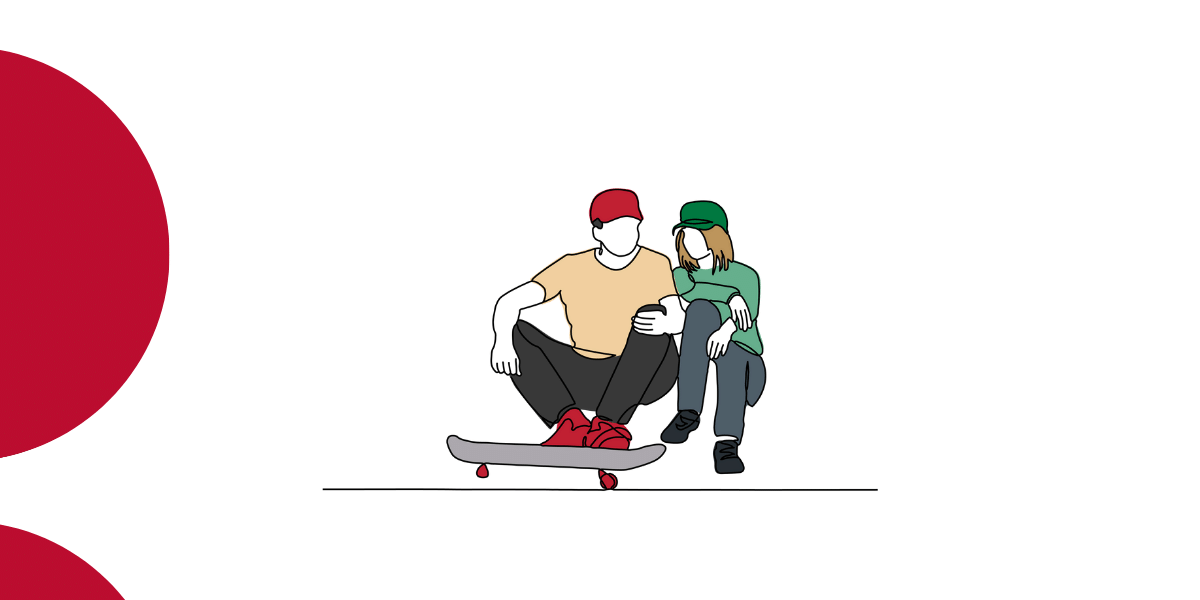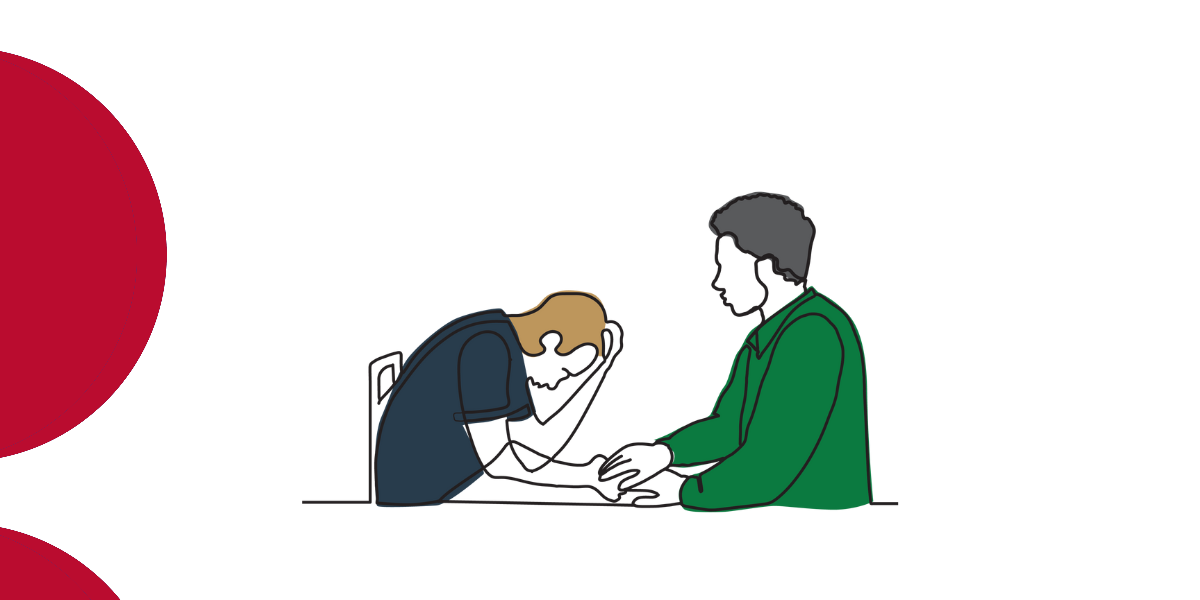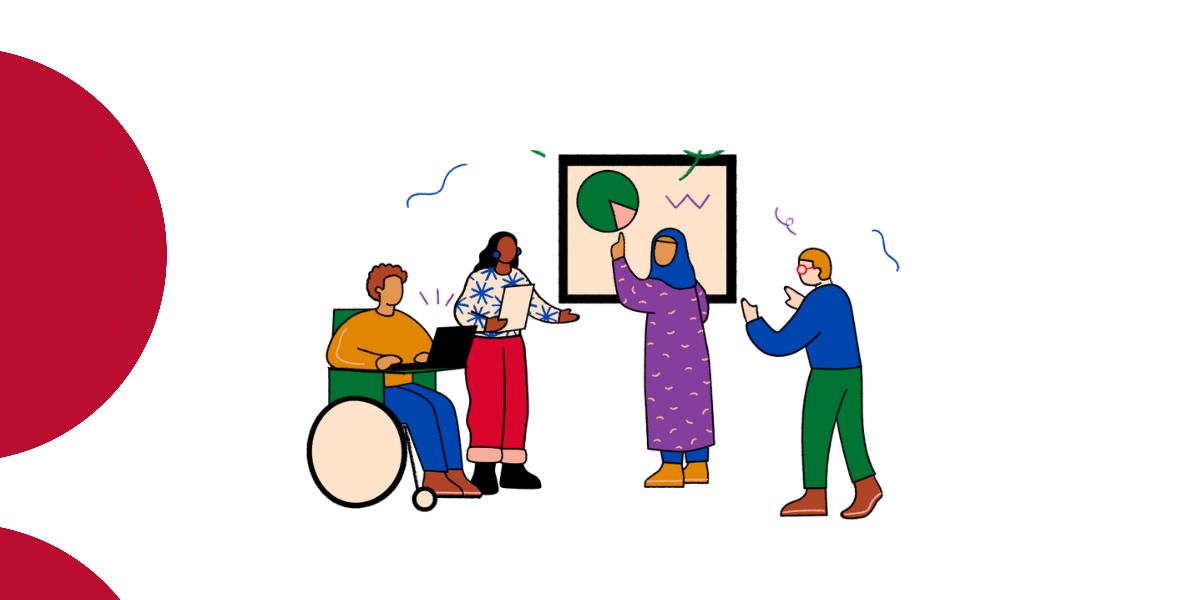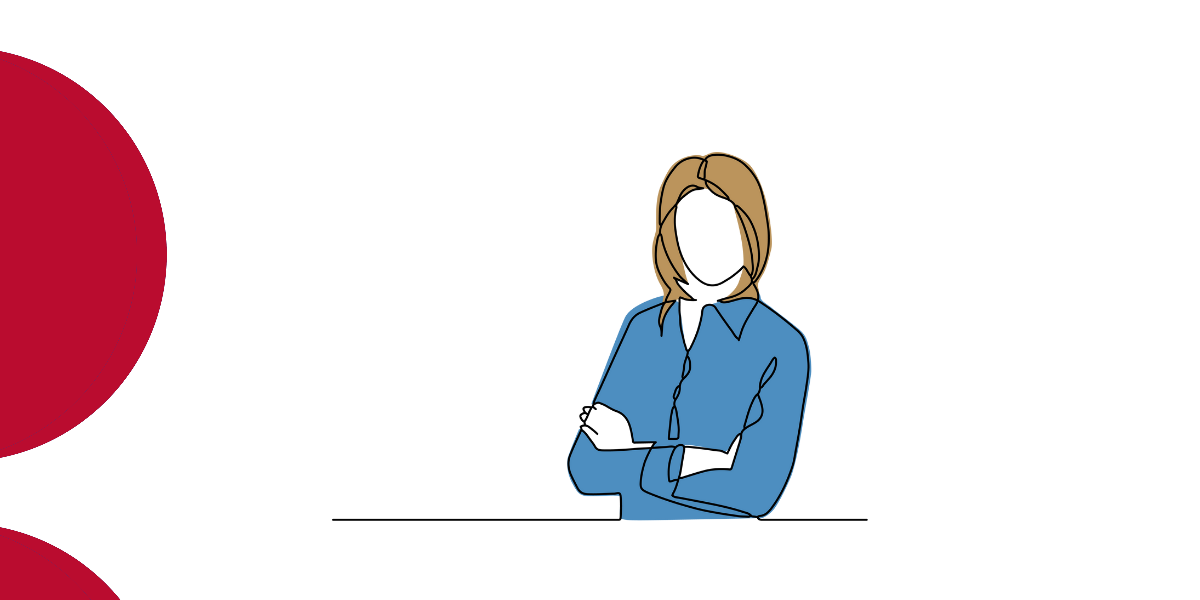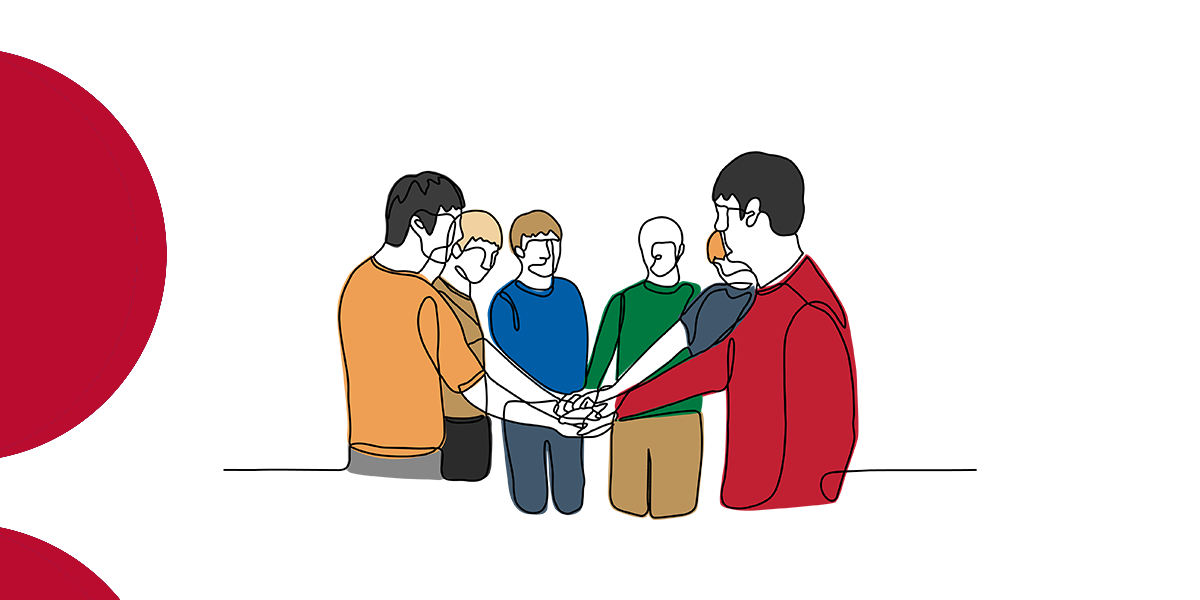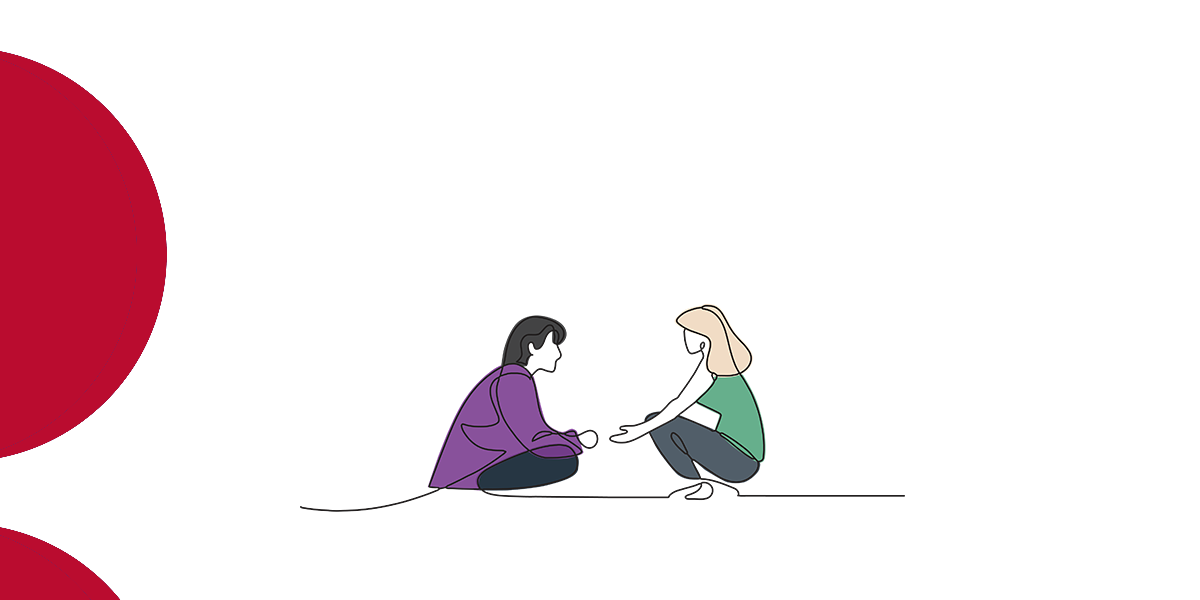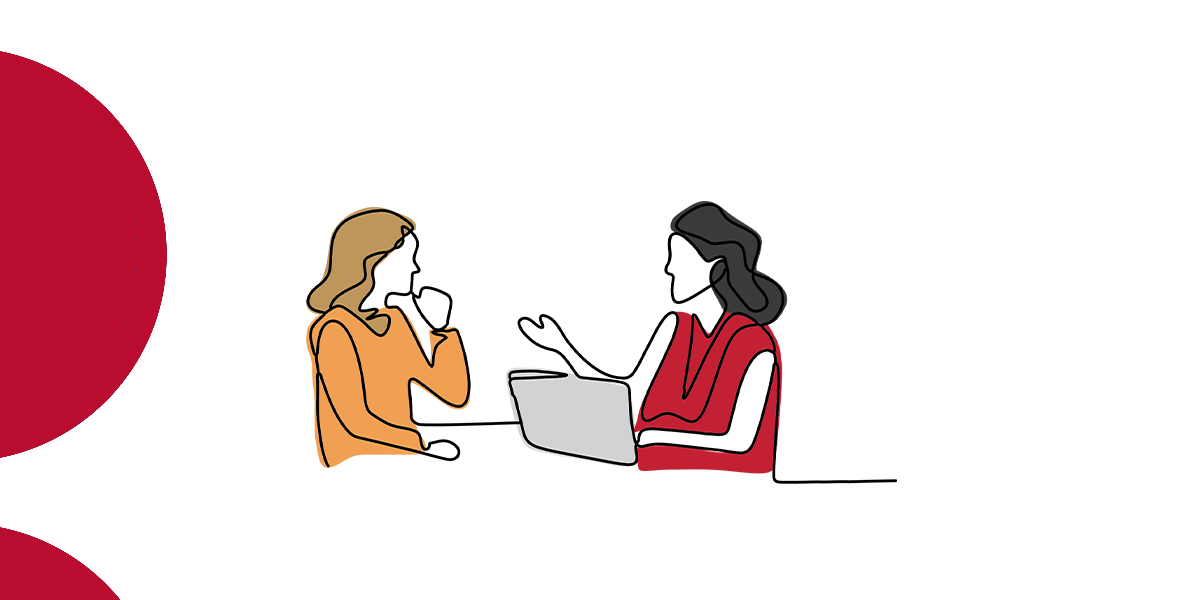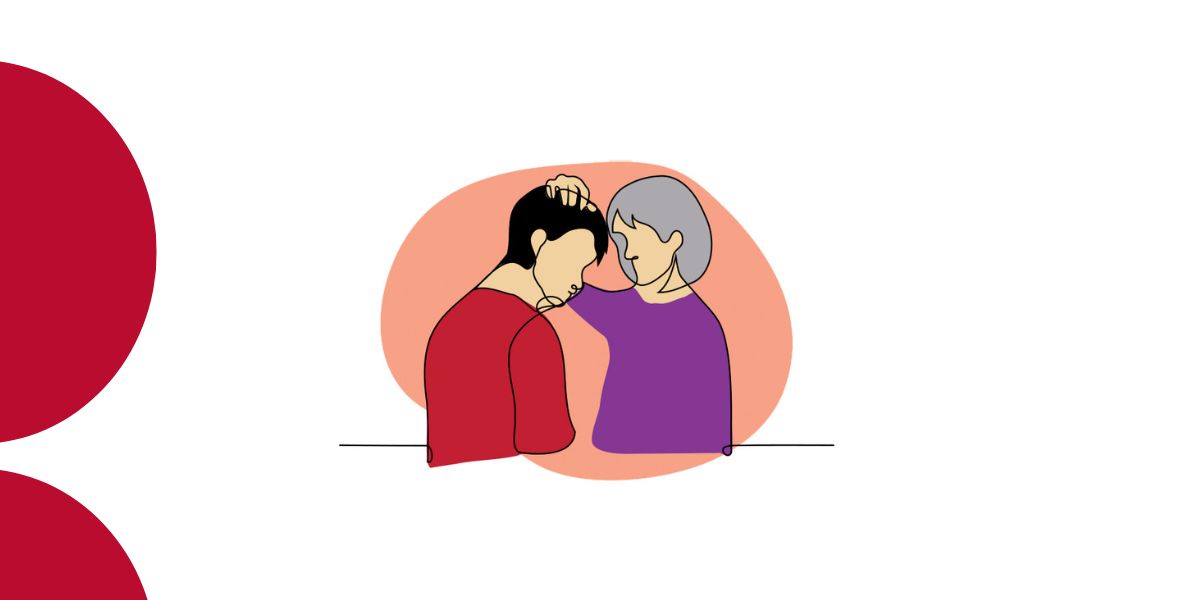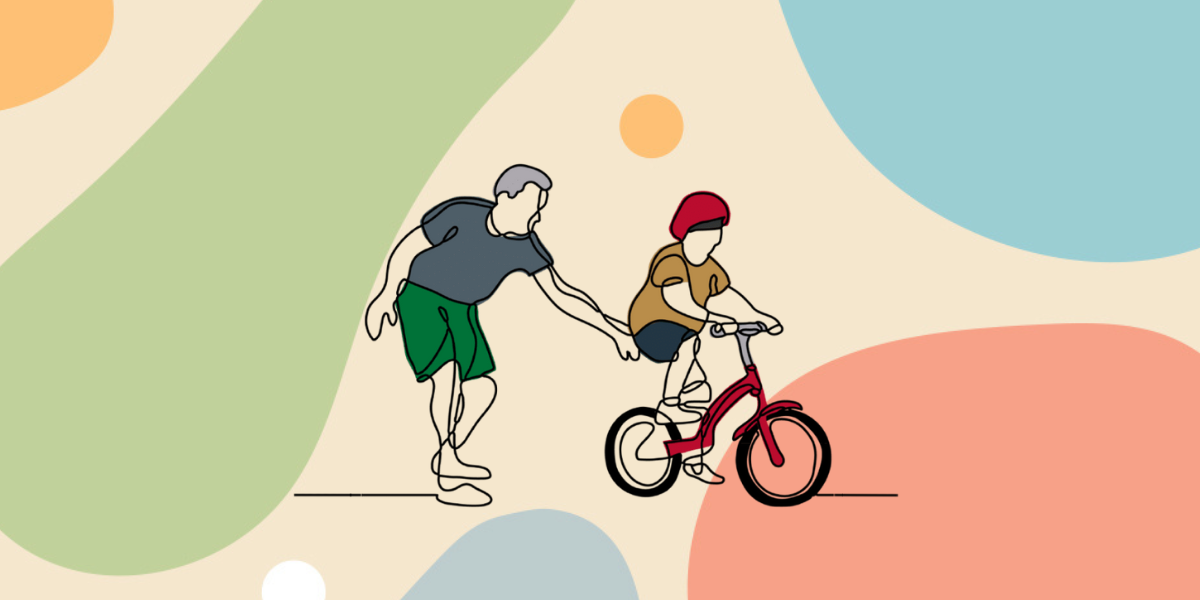What Was I Thinking? Handling the Amygdala Hijack
Sep 2022
Written by Noel Macnamara
Remember that time when you put the child you care for back to bed for the fourth time? Your thoughts suggested a level of desperation and wishful thinking, hoping that tonight it will only be four times (please), because goodness knows how much longer you can go without a good night’s sleep, just as you hear the pitter-patter of her feet down the hallway. Sound familiar?
What happens next is a blur: the hot head, those desperate thoughts “Oh no, come on, will you just go to sleep? This is ridiculous, I can’t do this anymore, I must be the worst carer ever, I need a break”, the racing heart rate, that sinking feeling in your stomach, and for the next 20 seconds it’s as if you leave yourself and something else possesses your body and takes it over.
If you could see inside your brain right now, you would notice that your amygdala has just hijacked your brain.
The term “amygdala hijacking” was first used by psychologist Daniel Goleman in his 1995 book, Emotional Intelligence: Why It Can Matter More Than IQ.
The amygdala is a tiny part of your neuroanatomy that is related to the “fight or flight” response.
For a clear explanation watch this video by Daniel Goleman:
The amygdala is involved in the following functions:
- detecting threats
- triggering a body response (for example, pulling your hand off a hot pan)
- fear conditioning (for example, being afraid to drive after a car accident)
- processing positive emotions
- encoding emotional memories
The amygdala talks to other areas of your brain and endocrine system that release adrenaline and cortisol, the hormones that are part of the body’s stress response. The cause of this adrenaline rush doesn’t have to be a physical threat (for example, an oncoming truck as you are crossing the road), it can also be an imagined threat (for example, the thought of another night of lost sleep, or thoughts like “I’m so tired and I can’t do this anymore, I must be such a hopeless carer”).
The amygdala takes a leadership role in how each of us experiences emotions such as distress, fear, excitement, love, disgust, frustration, anxiety, and even anger. The amygdala hijack involves an intense and sudden emotional reaction. When you reflect on it later, you often wonder why you acted that way.
Some signs of an amygdala hijack may include:
- shaking
- increased blood pressure
- racing heart
- fast breathing
- tense muscles
- nausea
The function of the amygdala is as a survival mechanism that lets us react to things quickly (e.g., to get out of the way of the oncoming truck), before our rational brain has time to think things over (i.e., it’s hardly the time to be contemplating a considered course of action if you are in the oncoming path of a truck).
Can an amygdala hijack be stopped?
It’s difficult, but an amygdala attack can be stopped if you make a significant effort to be conscious of what’s happening in the brain.
If you find yourself in the middle of an amygdala hijack, there are several things you can do to quickly get your unwanted emotions under control:
- Name the emotion. Notice when you’ve been triggered and identify what’s triggering you. Notice changes in your tone, tightness in your chest or stomach, clenching in your jaw or hands, etc. In these moments, say to yourself, “I’m so mad.”
- Do a quick math problem. Taking counting to 10 one step further, doing a simple math problem in your head not only requires you to jumpstart your rational thinking, but it can also momentarily distract you from the issue causing your emotional response.
- Remember the 6-second rule. It takes the chemicals that are released during the amygdala hijacking about 6 seconds to dissipate. Using this time to focus on something pleasant will prevent your amygdala from taking control and causing an emotional reaction.
- Breathe. Become aware of your breath and slow it down. When you slow down your breathing and make it rhythmic, you activate the parasympathetic nervous system which is your best response. This type of deep breathing calms down your nervous system and allows you to make thoughtful decisions in stressful times.
- Draw on mindfulness. Look around you and notice things in the environment. This will help you to move out of your head and back into the present.
- Change the setting. Similarly to naming your emotions, by getting up to move around, you automatically start to consider your surroundings, which reactivates the thinking parts of your brain that were shut down.
While preventing an overreaction in the first place or diffusing it in the moment may be the ultimate goal, it’s OK to slip up. If you do find yourself in the aftermath of a full-blown amygdala hijack, take some time to acknowledge your actions and review what happened. Be compassionate toward yourself. Self-compassion entails being warm and understanding toward ourselves when we suffer, fail, or feel inadequate, rather than ignoring our pain or beating ourselves up with self-criticism.
Spending some time thinking about your reactions — especially when they aren’t a reflection of your best self — can help shift you toward a mindful way of viewing your experience. Over time, this practice will help develop your emotional intelligence as well.
This is the first in a series we have called Compassion-Focused Caring. Keep an eye out for our next one, on things foster and kinship carers can do to promote compassion and self-compassion in children and young people. If you have any ideas for this series, please write and let me know: nmacnamara@childhood.org.au

